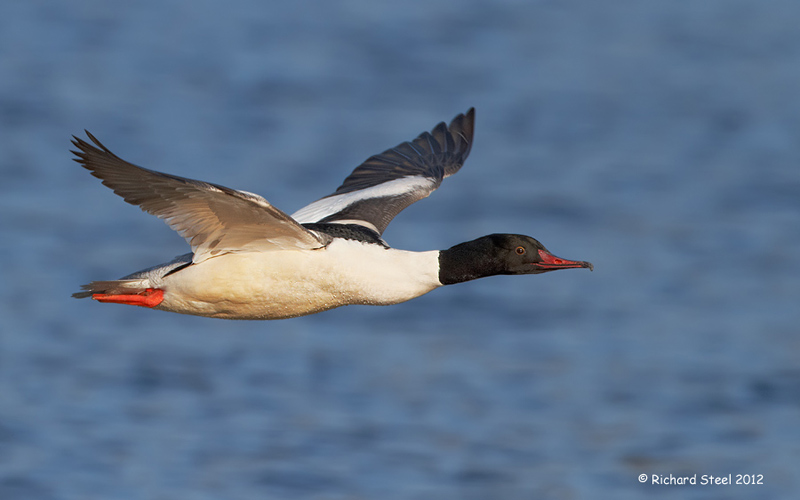I have borrowed the title of the famous poem and music for this blog post about Skylarks. These birds are very well loved in the UK as they epitomise an English summer's day as their liquid song drifts down from above. A song so beautiful that it has stirred many it to want to write poetry or music about them and is guaranteed to lift the spirits when heard. Often when you hear the song it can be quite difficult to spot the bird as they ascend to such great heights until they become a small fluttering dark dot in the blue expanse of the sky. Unfortunately a sound of the English Countryside that is not as common as it once was with a decline in the population, a sad loss to the soundscape.
I have photographed this species now for several years as they show in good number along the dunes and surrounding fields along the fringe of my local coastline. However, most of these photographs have been of birds on the ground.They are not an unattractive bird but not particularly colourful.
There is a limit to what you can achieve with the ground photographs although some interest can be added by capturing the bird with its crest raised or the occasional moments they when they produce a short phrase of their song.
In my opinion one of the best aspects of the Skylark is its song flight and this is what most people tend to associate with the species. So I set myself the tricky challenge of trying to capture some in flight. This is not a simple undertaking for a number of reasons. Firstly they are a small bird making it a difficult subject to focus on but this is compounded by the time window for taking the flight photograph being very brief. The birds take off and immediately start ascending near vertically and very rapidly. Therefore a couple of seconds after take-off and your left with photographing the underside of the bird. The bird then goes into its song flight up to great heights for quite long periods of time before starting to slowly descend. However, there is little chance of photographing the Skylarks as they come in to land as they suddenly drop like a stone when they reach about 20 metres above the ground. No doubt this is behaviour to avoid predation. So the window of opportunity is limited to a couple of seconds after take-off.
I have taken some flight photographs previously but have never been very happy with them. On this session I was finally starting to get the results I was looking for as the images below filled the camera frame.
You will notice in these images that the bird is always pointing in the same direction as it takes off into the wind to aid its rapid ascent. This shows the importance of considering both wind and light direction when trying to photograph birds in flight. Even when conditions come together to capture these birds in flight it is still a difficult task for both camera and photographer.
This last photograph goes along towards catching what is to me the the essence of the Skylark as it heads upwards in full song into the blue void above.
When my health has been fully restored after my recent illness, I hope to continue to try and capture some more images of this enigmatic lark ascending.


























